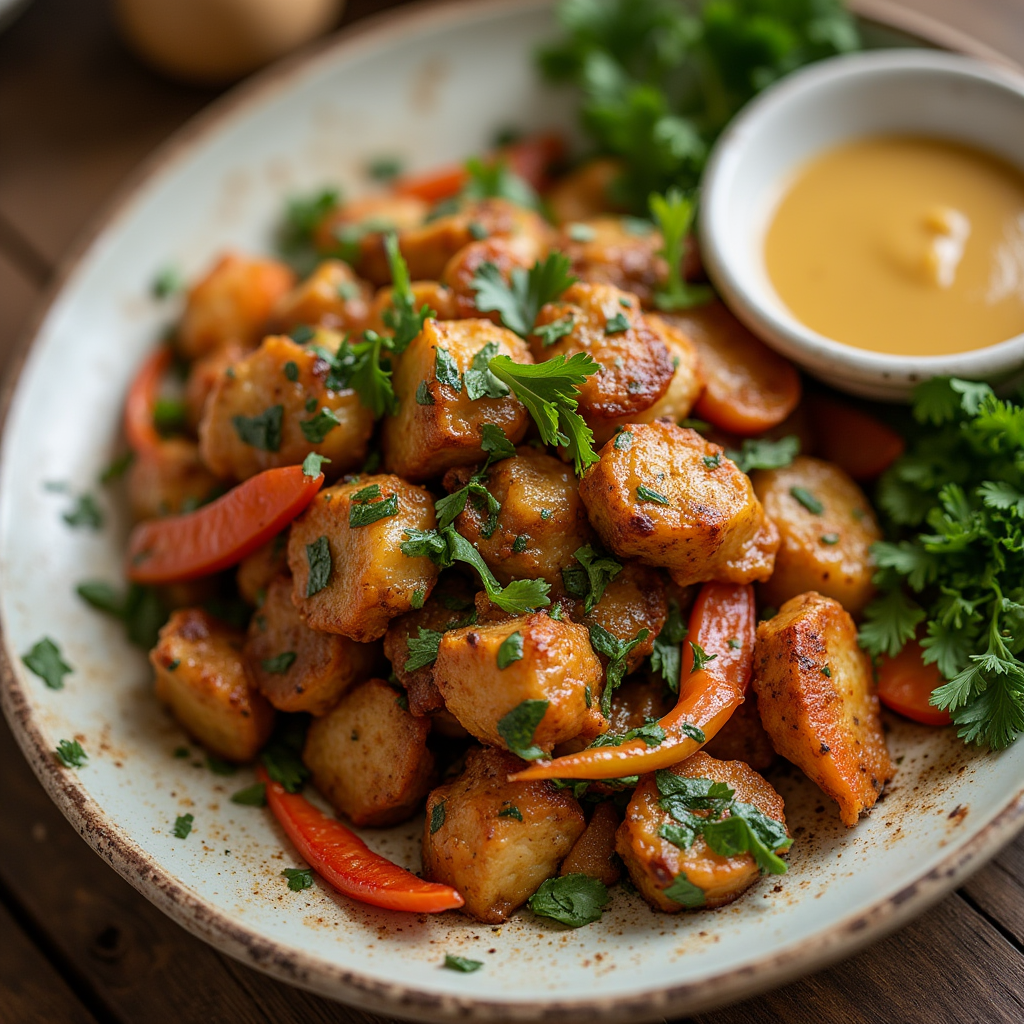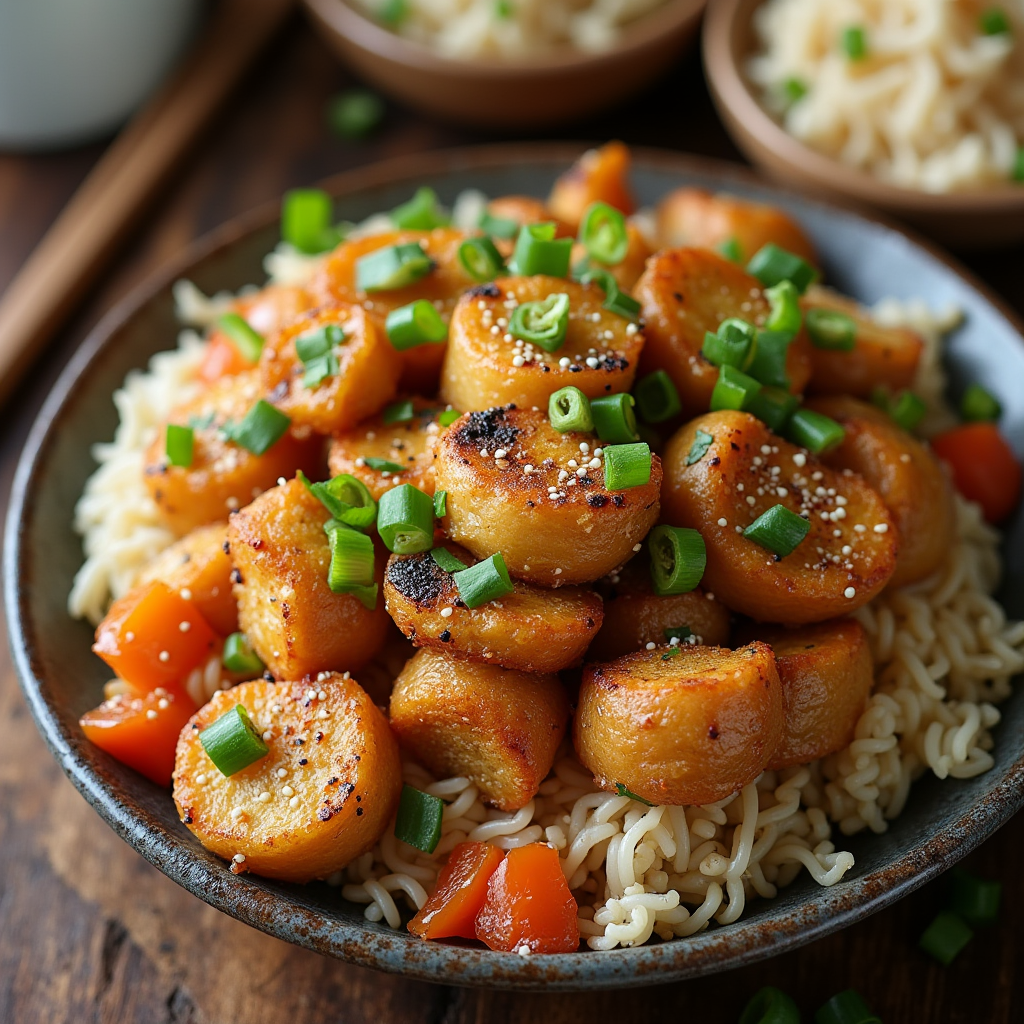Introduction
Mongolia, known for its wide-open spaces and nomadic culture, offers a unique food tradition as rich and varied as its history. The local cuisine features hearty, tasty dishes deeply connected to the country’s rural customs. This article will guide you through Mongolia’s signature dishes, reveal unique cooking methods, and offer practical tips for making these dishes at home. Whether you’re an experienced cook or just curious about food, you’ll discover ways to expand your cooking skills and add a taste of Mongolia to your kitchen.
Iconic Mongolian Dishes

Mongolian cuisine reflects the simplicity and needs of nomadic life. The tough climate and landscape shape the traditional foods, which mainly include meat and dairy. A famous dish is Buuz, a steamed dumpling filled with meat. Another is Khuushuur, a fried alternative that provides a crunchy texture. Borts, or air-dried meat, shows the Mongolian way of preserving food. Also, Tsagaan idee, made with various dairy products, underscores the role of livestock in the Mongolian diet. These foods are nourishing and also carry the legacy of centuries of food .
Cooking Techniques Unique to Mongolia
Mongolian cooking methods suit a nomadic lifestyle, where moving freely and cooking efficiently are key. One special approach is the Mongolian barbecue, where food is cooked on a large, flat metal grill. This method is practical and also a way to socialize, as people gather around the cooking area. Another traditional method uses the ger, or yurt stove, which cooks food, heats the space, and dries clothes. These techniques are not just about food preparation; they reflect the Mongolian way of life, showing a strong link between .

How to Recreate Mongolian Food at Home
Making Mongolian food at home is a fun cooking journey. Here are some tips to get you started:
Choose the Right Ingredients: Look for true ingredients like mutton, beef, and various dairy items. You can usually find these at specialty Asian markets.
Use Basic Spices: Mongolian dishes aren’t spicy. Just add salt, garlic, and onion to bring out the meat’s natural tastes.
Cooking Tools: If you don’t have a Mongolian barbecue, a heavy frying pan works well instead.
How to Cook: Steam Buuz and fry Khuushuur. These ways are key to making the dishes taste and feel like they should. With these steps, you can make real Mongolian meals in your kitchen and enjoy these filling, tasty dishes with your family and friends.
Mongolian meals show the culture and life in Mongolia. By trying out these dishes and ways to cook, you can expand your cooking and bring new tastes to your meals. Whether you’re cooking Buuz for the first time or getting better at making Khuushuur, exploring Mongolian food is sure to be a satisfying .
Health Benefits of Mongolian Cuisine
Mongolian food is very healthy because it focuses on whole, fresh foods. The usual diet has a lot of proteins and fats, which are good for keeping up energy in tough climates. Meats like mutton and beef are full of top-quality protein and important nutrients like iron and vitamin B12. Dairy, a big part of the Mongolian diet, provides calcium and good fats. Also, using few spices and seasonings means less risk of too much sodium and no artificial additives. This makes Mongolian dishes not just simple but also good for you. Adding these meals to your diet gives you lots of nutrients that help you stay healthy.
Exploring Modern Twists on Mongolian Classics

Chefs and home cooks are updating traditional Mongolian dishes with new twists. These updated versions keep the core of the original while bringing in flavors and methods from around the world. For instance, the well-known Buuz dumplings are now made with different fillings such as seafood or veggies, meeting the tastes and needs of various eaters. Another new twist is adding spices like kimchi or curry to classic Khuushuur, giving the dish a spicy lift. These changes not only give the old Mongolian food recipes a fresh feel but also help Mongolian food recipes reach and delight people.
Tips for Sourcing Authentic Mongolian Ingredients
To successfully recreate Mongolian food at home, sourcing authentic is key. Here are some strategies to help you find the right components:
- Visit Asian or International Grocery Stores
- These shops often stock various meats and spices used in Mongolian dishes.
- Online Specialty Shops
- Many online stores focus on unique ingredients from specific food styles, including Mongolian.
- Local Farmers’ Markets
- For fresh meat and dairy, these markets are great, especially for organic and free-range options.
- Community Groups
- Joining Mongolian community groups or online forums can provide tips and insights on where to find specific ingredients. Using these resources helps you collect the necessary items to truly capture the taste of Mongolian cooking.
FAQs
What is traditional Mongolian food?
Traditional Mongolian food mainly includes meat and dairy products, mirroring the nomadic ways of its people. The dishes are hearty and straightforward, using ing easy for nomads to carry and keep. Common meats like mutton, beef, and goat are central, cooked lightly to keep their true tastes. Dairy, from milk to different cheeses, is key in everyday meals.
What is Mongolia’s most popular dish?
The most loved dish in Mongolia is Buuz, steamed dumplings filled with seasoned mutton or beef. These dumplings are a usual meal and a big part of celebrations, especially during the Mongolian Lunar New Year, or Tsagaan Sar. People treasure Buuz for its moist inside and tasty, soft outside.
What is a famous Mongolian dessert?
A well Mongolian dessert is Boortsog, fried dough often sweetened with sugar or honey and sometimes dipped in tea. This dessert is common in Mongolian homes and served during various celebrations. Its simple and sweet flavor makes Boortsog a favorite treat.
What is the difference between Chinese and Mongolian food?
The main differences between Chinese and Mongolian food recipes are the ingredients and how they are cooked. Chinese food offers a vast mix of spices, vegetables, and methods like stir-frying, steaming, and braising. Mongolian food focuses more on meats and dairy, using simpler cooking ways like grilling and boiling. This matches the nomadic customs and the tough climate of Mongolia, shaping the available foods and preferred cooking styles.
Conclusion
Mongolian food recipes offers a great look into a culture that’s both old and lively. From the health perks of its classic dishes to the thrill of modern twists, Mongolian cuisine has something for all. Whether you’re trying out special cooking methods or looking for real ingredients, every step takes you closer to mastering this fulfilling food. As you keep exploring and trying new things, remember that this journey through Mongolian cooking is not just about food—it’s about connecting with a lifestyle that values simplicity, toughness, and community.

